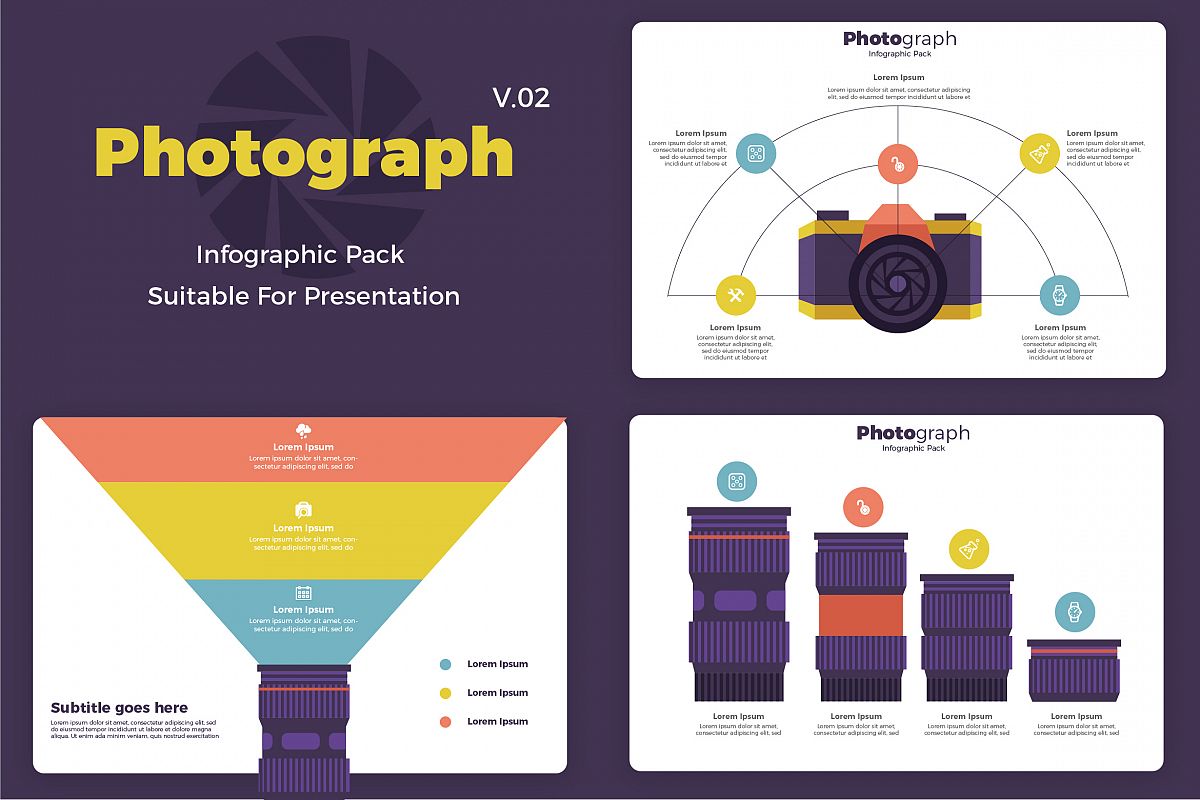Photography Tips For Beginners: Mastering Your Cam In No Time
Photography Tips For Beginners: Mastering Your Cam In No Time
Blog Article
Author-Barrett Turan
When you initially grab your camera, it can feel overwhelming with all the setups and options readily available. You might find yourself questioning how to navigate aperture, shutter speed, and ISO successfully. Understanding these fundamentals is crucial, but there's more to digital photography than simply technical knowledge. Comprehending structure strategies and lights conditions can boost your pictures substantially. So, what happens if you could find out easy methods to improve your skills and start catching remarkable images quicker than you think? Let's discover just how to change your digital photography trip.
Comprehending Electronic Camera Setups
Understanding your camera setups is important for catching magnificent images. When you get your electronic camera, acquaint on your own with the 3 major settings: aperture, shutter rate, and ISO. Each plays a crucial duty in just how your photos end up.
Begin with aperture, which regulates the quantity of light getting in the lens. A bigger aperture (reduced f-number) lets in a lot more light and develops a beautiful history blur, ideal for portraits. On the other hand, a narrower aperture (greater f-number) keeps more of the scene in emphasis, suitable for landscapes.
Next, focus on shutter rate. This setup establishes the length of time your cam's sensor is subjected to light. A fast shutter speed freezes activity, which is great for activity shots, while a slow-moving shutter speed can develop magnificent effects like smooth water in landscapes.
Lastly, change your ISO. This setting affects your camera's sensitivity to light. A higher ISO is useful in low-light scenarios yet can present noise or grain. Aim for the most affordable ISO feasible while still achieving appropriate exposure.
Structure Techniques
When you're out capturing, composition can make all the distinction in exactly how your pictures resonate with viewers. Beginning by utilizing the policy of thirds; imagine your structure separated right into nine equal sections with 2 horizontal and two upright lines. Position key elements along these lines or at their intersections to produce balance and rate of interest.
Next, consider leading lines. https://www.nytimes.com/2019/10/15/technology/personaltech/google-pixel-photography.html in your scene, like roads or rivers, draw the audience's eye into the picture, guiding them via the story you're informing.
Do not forget about mounting; usage aspects within your scene, like trees or windows, to produce a structure around your subject, including depth and emphasis.
Likewise, keep an eye on your history. A messy history can sidetrack from your primary topic, while a straightforward one helps it stand out.
Last but not least, explore balance and patterns; they can create a striking image that catches attention.
Learning Lights Conditions
Understanding illumination conditions is vital for recording spectacular photographs, as the best light can transform a common scene into something remarkable.
Start by observing natural light at various times of the day. Early mornings and late afternoons use the best light, known as the gold hour. The soft, warm tones during these times can improve your pictures beautifully.
https://telegra.ph/Typical-Mistakes-New-Photographers-Make-And-How-To-Prevent-Them-01-08-2 avoid overcast days either; diffused light can lessen severe darkness and create a pleasing result, particularly for portraits.
Try out backlighting by positioning your topic versus the source of light. This method can produce a dreamy halo impact and include depth to your images.
Take note of your electronic camera setups too. Change the ISO, aperture, and shutter speed to suit the lights conditions. A higher ISO can aid in reduced light, yet beware of grain.
Make use of a tripod in darker environments to prevent blur.
Last but not least, do not forget synthetic illumination. Flash and constant lights can be great devices for controlling light in tough conditions.
Final thought
To conclude, understanding your camera does not need to be frustrating. By recognizing your setups, using structure techniques, and using the power of all-natural light, you'll swiftly raise your photography abilities. Remember, exercise makes best, so go out there and try out your newfound expertise. With time and commitment, you'll be recording sensational pictures that mirror your special point of view. Delight in the trip, and don't neglect to enjoy while you're at it!
